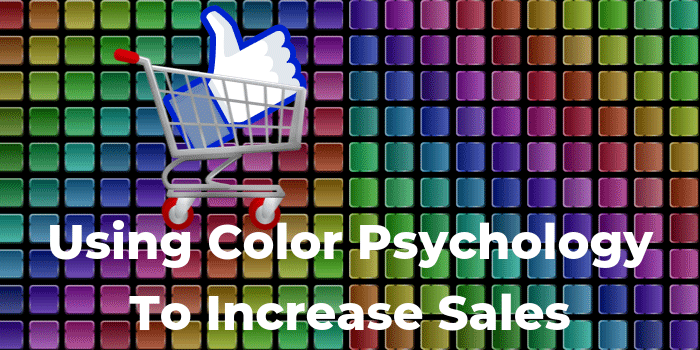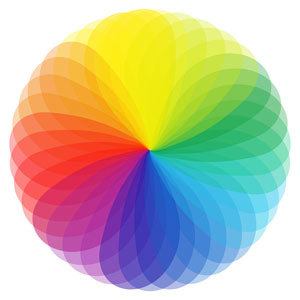While there are many things that influence people in their purchasing decisions, price, quality, availability and a slew of other reasons, color also plays a vital role in a buyer’s process, especially from a mental standpoint. For example, if you imagine the biggest online brand (Facebook), what is the first color that comes to mind, it’s blue, right? Both synonymous with their logo and appearing on the default version of the majority of their user’s pages.

Was this a happy accident or was there psychology involved? Looking at this from a purely mental standpoint, Mr. Zuckerberg may have chosen this particular shade for a variety of different reasons, Mark could have been thinking:
- It’s known to be a peaceful color, which could help to promote friendship
- It is the majority of people’s favorite color, more popular with men than women
- The color of our skies, oceans and waterways which are ever present
A Stronger Branding Concept
Branding is often directly associated with sales, especially the increase of sales as a trusted and reliable source behind the product or service. It also serves to connect with a specific audience. Another well-known brand is McDonald’s, which uses their signature colors of red and yellow to their advantage. But it goes deeper than a definitive shade being associated with a particular product, like the golden arches being prominently displayed on a red background.

Bright, primary colors are attractive, often being associated and enjoyed by children, McDonald’s primary target, after all, their mascot is a clown. Red is also linked to strong actions like STOP, or in this case, stop here for a meal with your kids. Many websites use this color as a “call to action,” the shade they assign to links, buttons or badges that demand immediate attention, like BUY or CLICK HERE.
Further Targeting and Associations
Sales and marketing are always more effective when they’re targeting a specific audience as mentioned previously. Here is where color psychology can make a bigger impact on reaching these potential targets and reeling them in for a sale.
To appeal to both buyers and assist sellers of their product to better connect with their audience, using common associations with colors eases the mind and helps consumers to connect the dots. Whatever the product or service, it can usually be associated with a certain color and therefore connect with customers as outlined here:
BLACK: Seen as sleek and luxurious, often used to promote higher ticket items, jewelry, expensive automobiles and prime real estate.
WHITE: Often associated with purity, cleanliness and sterility, this is why we often see it tied to events like weddings and predominate inside the medical industry.
RED: Used as an important, attention getting shade that demands a reaction, think of stop signs, emergency vehicles and other matters that create a sense of urgency.
YELLOW: Like the sun, it’s seen as a bright, cheerful and positive color that is also used to grab attention, especially youthful eyes.
BLUE: Favored by the masses, it also helps to create a feeling of safety and security, used by many banks and financial loan providers & institutions.
GREEN: Even though it’s commonly associated with wealth and prosperity, it’s also used as a relaxant as some people may have heard the phrase “asylum green,” since it’s known to calm and soothe while giving people a sense of the outdoors.
ORANGE: Although it’s most commonly seen as a cautionary color, it also promotes a sense of urgency and immediate attention, much as it’s two source shades, red and yellow.
PINK: Labelled as feminine forever, it’s romantic nature appeals to women, young girls and a mostly female audience.
PURPLE: Another femme favorite, the mix of red and blue also appeals mostly to the fairer sex so it is often seen with beauty products and other women’s products.
Just think, by using colors to connect more deeply with consumers, this concept will have a much bigger impact on businesses remaining in the “black,” staying out of the “red” and they’ll be seeing more “green” in their bank accounts.
